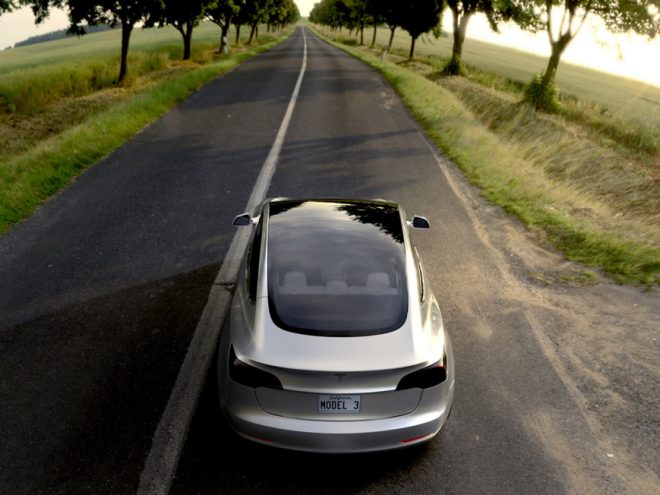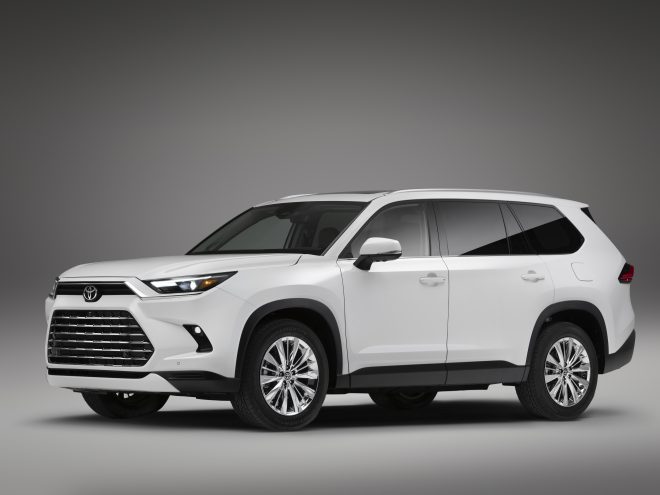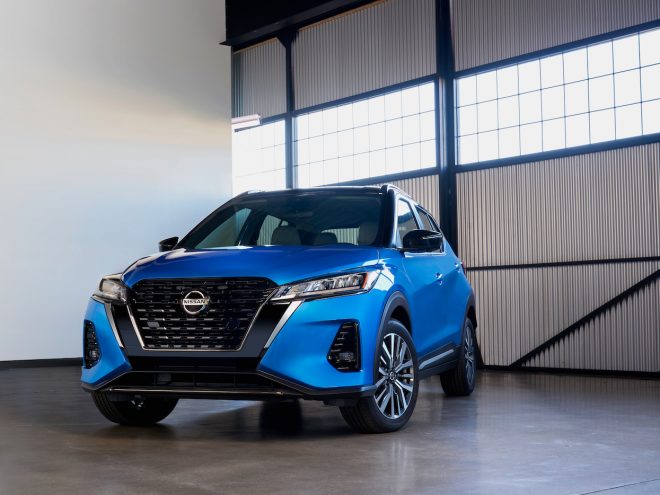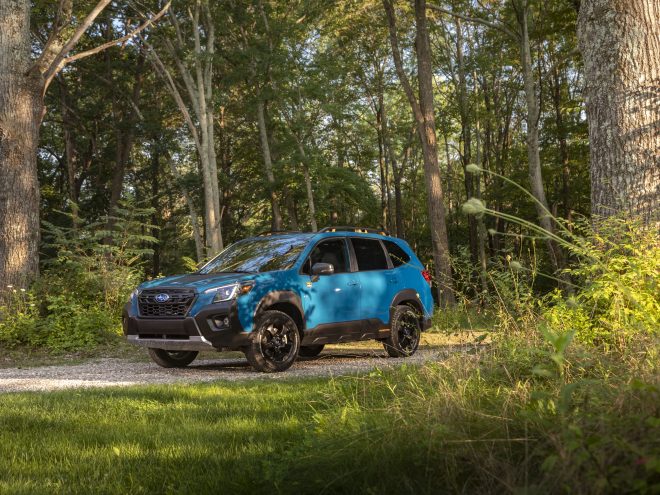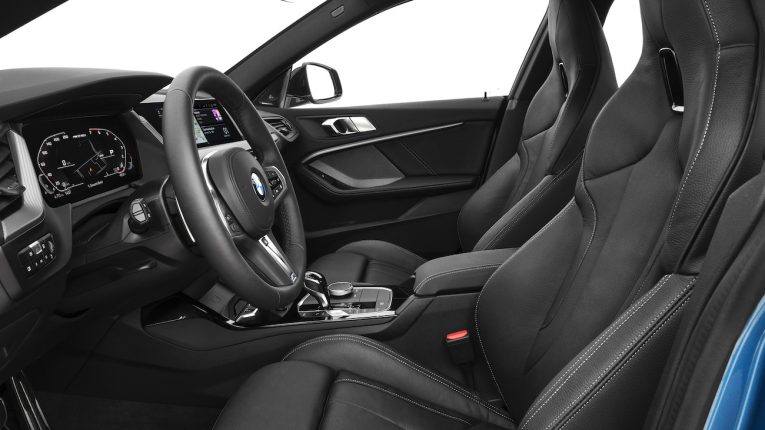
4 Winter Mishaps You Need To Be Prepared For
Winter is just around the corner. This year, especially, the winter season is likely to be devastatingly dangerous. After many months of self-isolation during the pandemic, a lot of drivers are still trying to find their marks again behind the steering wheel. You may think that driving on snow is the worst thing that can happen to you this winter. In reality, automobilists tend to be cautious on snow. Most of them are prepared and even put chains on their tires to avoid drifting.
But if snow isn’t the issue, what are the winter mishaps you need to be careful about?
Cold temperatures can affect your battery
When the temperatures drop, your car battery can weaken. It takes extremely cold temperatures to freeze the battery, so it is unlikely to happen if you live in a city. However, cold and frosty conditions can affect the electrolyte solution in the battery. As a consequence, it’s hard to start the car as the solution can’t transfer full power anymore. It is a vicious circle because the more you try to start the car, the more you empty the battery. Here’s a tip for you, if you’ve had your battery for a few years already, it’s a good idea to check battery brands and order a new one before the winter comes.
Sun glare makes it hard to see traffic lights
The low winter sun is responsible for many car accidents and collisions. Indeed, it reduces visibility dramatically and hits the windscreen at an angle that causes glare. In northern latitude, the winter sun glare is a dangerous phenomenon. If you live in a region prone to winter fog or low clouds, the conditions for visibility are at their worst in December and January. Even if you’re a careful driver, the glare could make you miss traffic lights, causing delays in your reactions to signals. It’s important to be careful when approaching intersections and traffic lights in a bad light.
The road is icy
People tend to be cautious in snowy weather. Most drivers have an emergency snow kit to clear the car and protect the tires. However, driving on ice is a different matter. Unlike snow, ice could be invisible on the road, so it could take you by surprise. Driving too fast on an icy patch could make you lose control of the vehicle. Additionally, you will need more time to react to stop the vehicle on an icy road. Your vehicle could skid in winter. It is common, yet trying to force back control by braking or changing speed could be dangerous. Simply take your foot off the gas and gently steer in the right direction until your tires regain traction.
Your car is covered in ice
You need to clear your car of snow and ice before taking the road. Unfortunately, when you’re in a hurry, it can be tempting to boil the kettle and throw hot water to melt the ice. Will it work? The answer is yes and no. Boiling water could freeze at the contact of the cold vehicle. Additionally, it can also weaken your windscreen and damage your bodypaint.
As GOT enthusiasts would say, winter is coming. But it’s unlikely to bring any sword or epic battle. Instead, it will bring additional challenges for new and experienced drivers. Be careful on the road by thinking ahead and preparing for the seasonal dangers.

